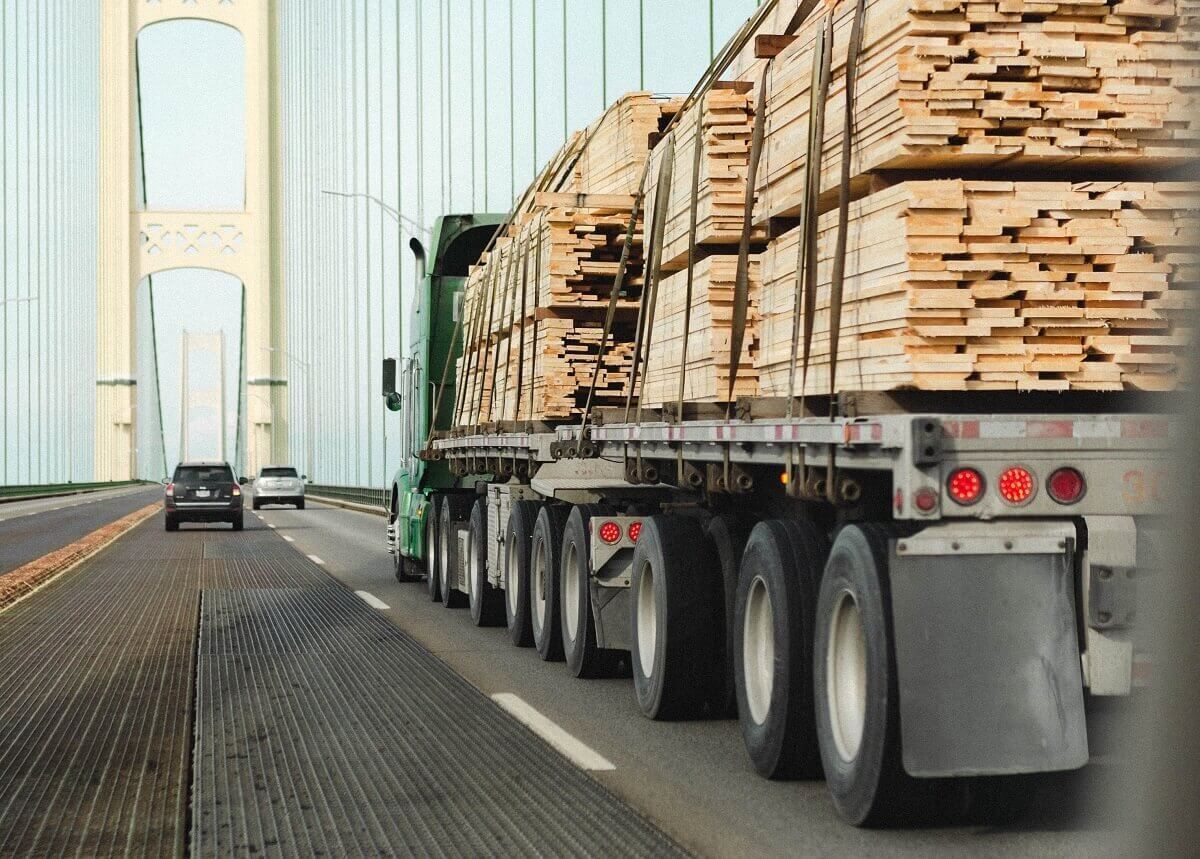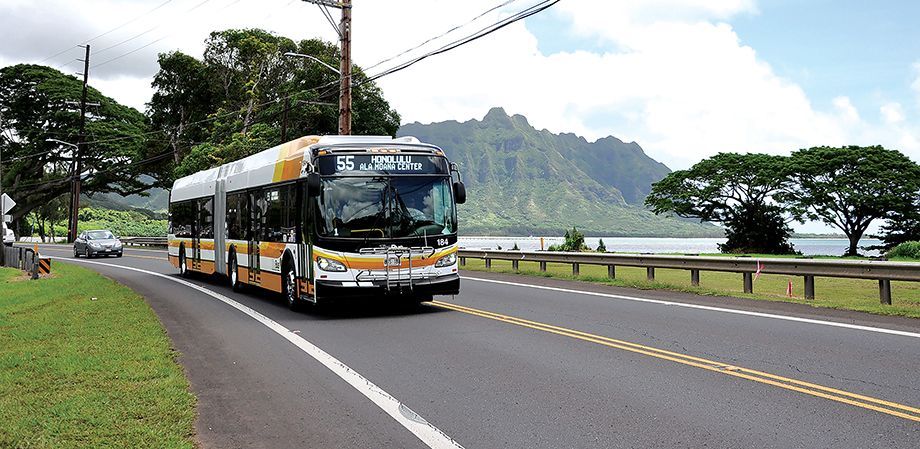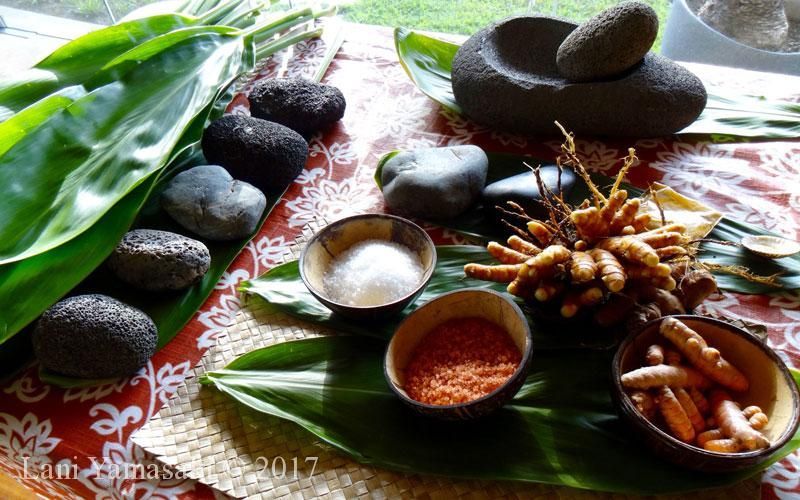Best Times of Year to Move to Hawaii
Hawaii is a beautiful place to live with its breathtaking scenery, laid-back lifestyle, and tropical climate. Whether you're moving to Hawaii for work, family, or a change of pace, it's important to plan your move carefully, especially when it comes to timing.

The Best Times to Move to Hawaii: Expert Tips for a Smooth Transition
In this article, we'll explore the best times of year to move to Hawaii and provide you with expert tips on how to make your move as smooth and stress-free as possible.
Peak Moving Seasons
The peak moving season in Hawaii typically runs from May to September, coinciding with the summer months and school holidays. During this time, demand for housing and rental properties is high, and prices are at their peak. If you plan to move during this time, be prepared to pay a premium for your housing and moving expenses.
In addition to higher prices, you may also experience more traffic, longer wait times, and other logistical challenges during the peak moving season. To avoid these issues, consider moving during the off-season, when demand is lower, and prices are more reasonable.
Off-Season Moving
The off-season in Hawaii typically runs from October to April, which is considered the rainy season. While the rainy season may not be ideal for outdoor activities, it can be an excellent time to move to Hawaii. During this time, housing and rental prices are typically lower, and there is less demand for moving services.
If you decide to move during the off-season, make sure to check the weather forecast and plan your move around the rainy days. Also, keep in mind that some parts of Hawaii are more prone to rain than others. For example, the windward side of the island tends to receive more rain than the leeward side.
Weather Considerations
Hawaii's tropical climate is one of its most attractive features, but it can also be a consideration when planning your move. Depending on the time of year, Hawaii can experience extreme weather conditions, such as hurricanes, tropical storms, and tsunamis. It's important to keep an eye on the weather forecast and be prepared for any potential weather-related disruptions to your move.
In general, the months of June to November are considered the hurricane season in Hawaii. While hurricanes are rare in Hawaii, they can still occur, so it's important to have a plan in place in case of an emergency. Make sure to have an emergency kit, including food, water, and other essentials, and stay informed about any weather warnings or evacuation orders.
Other Factors to Consider
In addition to peak moving seasons and weather patterns, there are other factors to consider when planning your move to Hawaii. For example, the cost of living in Hawaii is higher than the national average, and housing prices can be expensive. You may also need to adjust to the cultural differences and lifestyle changes that come with living in Hawaii.
To make your move to Hawaii as smooth as possible, it's essential to do your research and plan ahead. Take the time to explore different neighborhoods, research housing options, and consider the cost of living. If you're moving with a family, make sure to research schools and childcare options. And if you're shipping your car or other belongings, research different shipping options and compare prices to get the best deal.
Conclusion
Moving to Hawaii is an exciting and life-changing decision, but it's important to plan your move carefully, especially when it comes to timing. By considering factors such as peak moving seasons, weather patterns, and other logistical considerations, you can make your move to Hawaii as smooth and stress-free as possible. Remember to do your research, plan ahead, and be prepared for any challenges that may arise along the way. With the right preparation and guidance, you can start your new life in Hawaii with confidence and excitement.
















